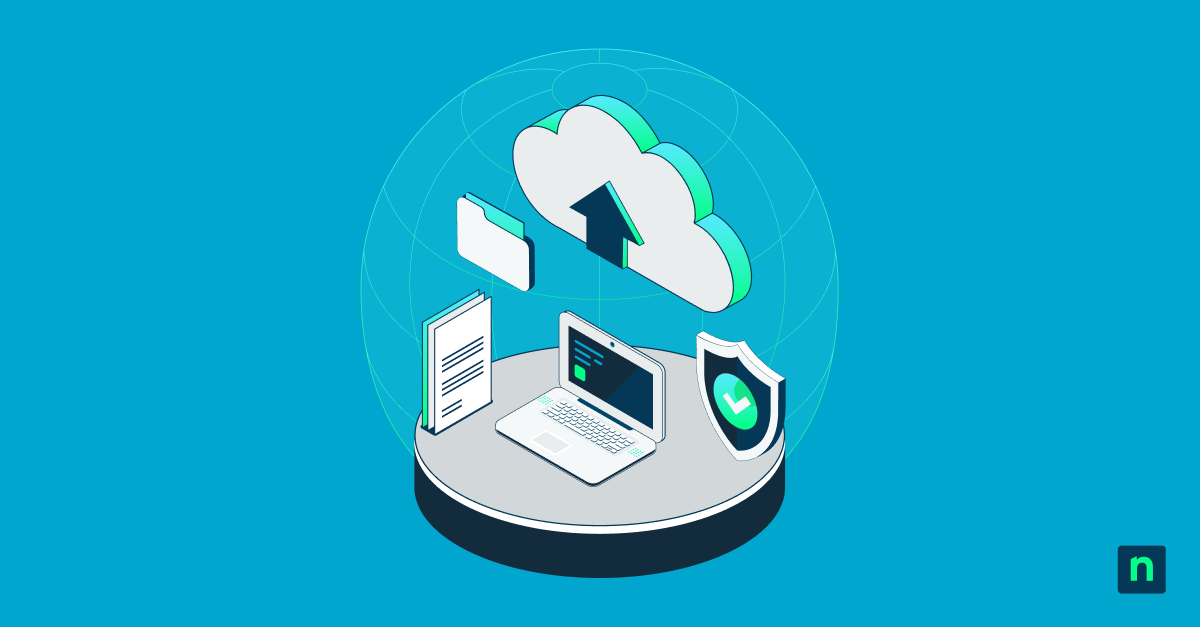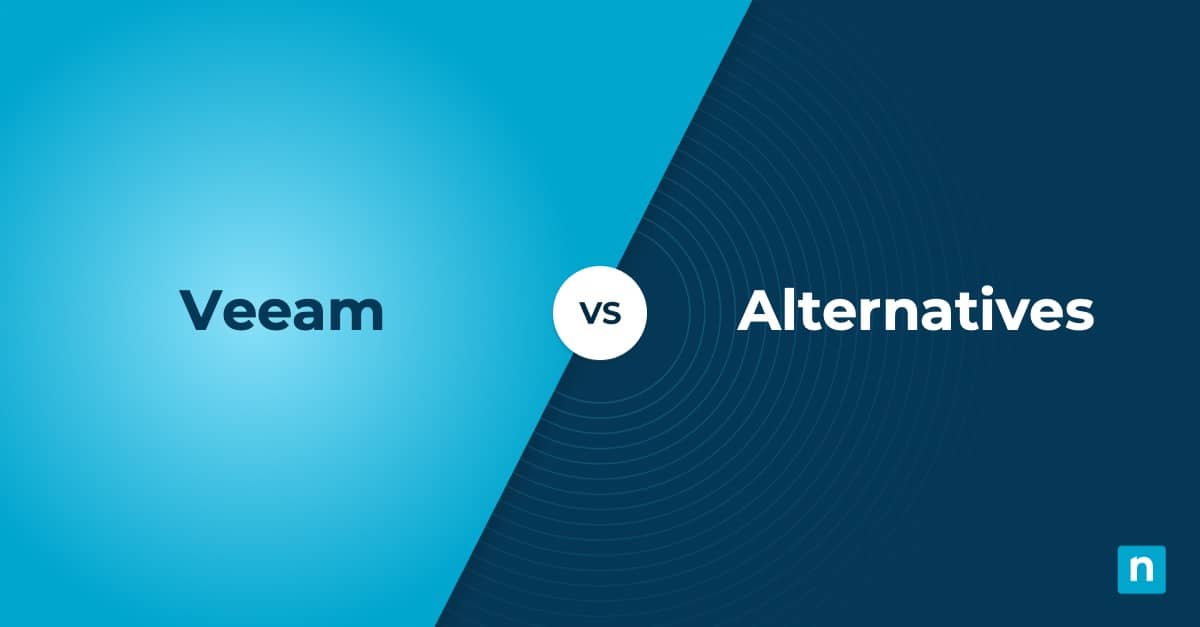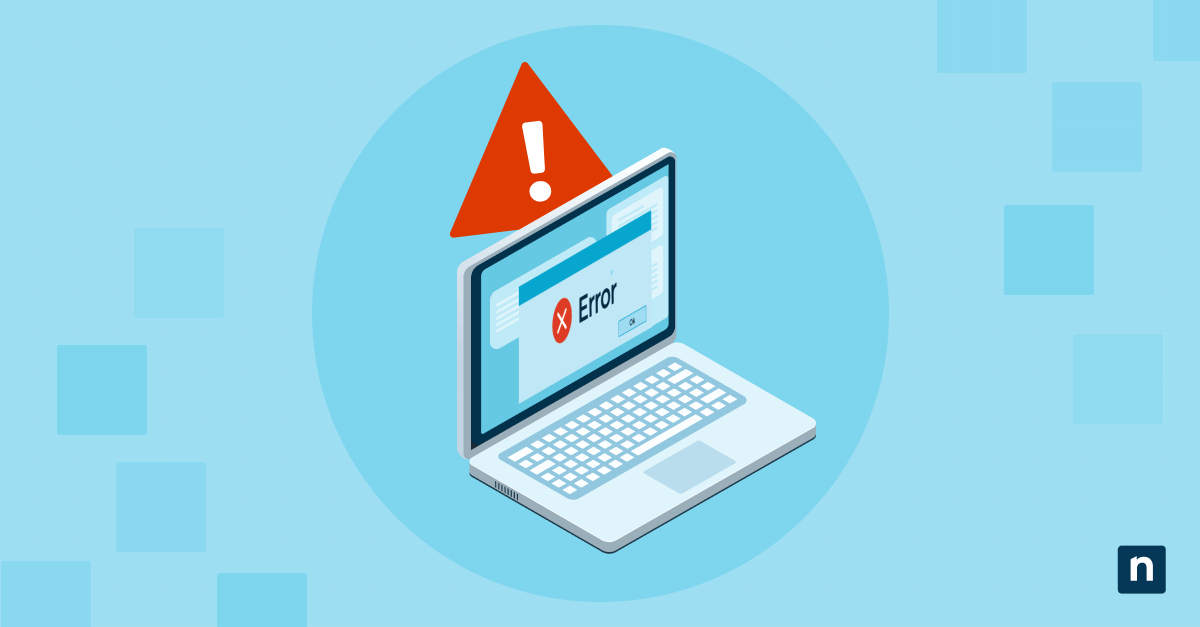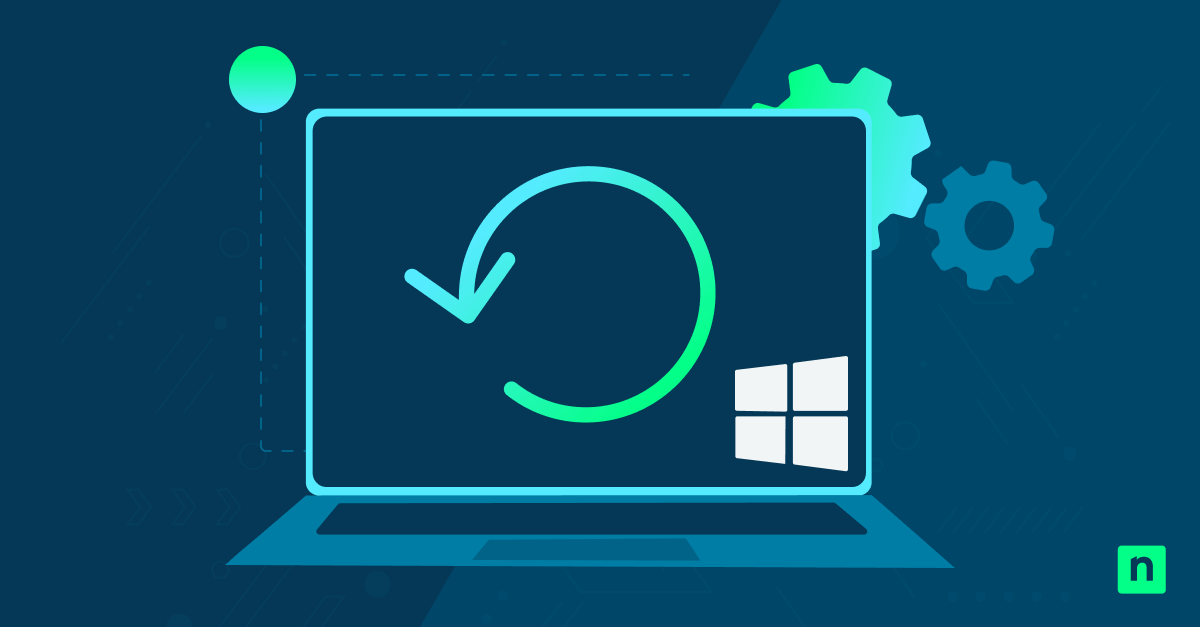Servers play a huge role in the support, exchange, and storage of an organization’s data. In fact, they’re so important to the operations of a business that over a third of servers have a downtime tolerance of less than 15 minutes. To make things worse, of all the companies that experience a catastrophic data loss, 94% of them do not survive.
Server backup, therefore, is mission critical. Learn more about how server backups work, the various types available, and the best methods and practices for performing these essential backups and restoration of data.
What is server backup?
Server backup is the act of performing a backup of critical business and network data that is stored on a company’s servers. They are a key component of a solid data backup and recovery plan.
Why server backups are important
Servers are central to IT environments because they provide or run data services for the other machines in an environment and manage network resources. It helps with data storage and secures any data that is transferred over the network.
This organizational data is extremely vulnerable and, without a functional server, organizations risk their cybersecurity and the loss of large amounts of data. These backups are an essential precaution for worst-case scenario events, such as:
- A hurricane
- Extended power outages
- Cyberattacks
If and when any of these scenarios occurs, a server backup can be used to restore an organization’s server back to its previous state, thus supporting the safety of data and continuity of business operations.
How a server backup works
Server backups work by duplicating the server data and storing it in internal or external storage. A combination of all three storage types gives you more options and better control when an unexpected event threatens your server data. Herrod Technology also recommends that server backups are performed every 48 hours at a minimum.
Most server backups are done performing full image backups initially then can be followed up by smaller incremental block level backups to backup only what has changed since the last time a backup was performed. This allows for a higher frequency of taking backups throughout a working day.
How to choose a server backup solution
Selecting the ideal backup solution for your organization’s server requires taking into account various factors such as the size of your organization, type of data, how much server data needs to be backed up, and how frequently you want the server backups performed.
Server backups, because of their significance within an IT environment, need a dependable backup that will ensure that the complete data set is copied and secure. For this reason, full-image backup is the method most frequently chosen to back up servers. This provides complete protection for server data and guarantees that a bare-metal restore is possible when disaster strikes.
If, however, you want more frequent backups but don’t have the storage or bandwidth available to store full-image backups, you can consider choosing a backup solution that also uses incremental backup. Incremental backup identifies and backs up only the data and files that have changed since the last full-image backup, thereby making it possible to back up the changes more frequently without requiring nearly as much storage.
How to choose a server backup storage solution
When considering which solution to choose for server backup, you will also need to decide where the copies of server data will be stored. A server backup, no matter how it is conducted, will need to be stored in a different location than the server itself. The three main options available for server backup storage are:
Cloud-only storage
Cloud-only storage means that your server backups will be transferred over the internet into the cloud. It is a convenient form of storage because it doesn’t require any local hardware, but when restoring data, it can unfortunately take a longer amount of time.
Local-only storage
Local-only storage is when your server backups are only stored on-site. Recovery times are shorter because the data is available locally, but there is more risk involved because backups can fail more easily.
Hybrid storage
Hybrid storage is a mix of both cloud and local storage. It provides the benefits of both types while helping to diversify your backups and protect your server data.
Need a server backup solution with flexible storage options? Check out NinjaOne’s Remote Server Backup.
3 tips for creating a server backup strategy
Implement automated server backups
Using automation is one of the easiest ways to guarantee that your server data is consistently backed up. Select a server backup tool that provides automation capabilities, schedule your server backups, and enjoy the peace of mind you receive by knowing your server data is safe.
Monitor server backups
While automation is a beneficial tool, sometimes unexpected issues may arise related to the server backup process. Monitor your server backups to ensure that the server data is being backed up continually. Additionally, you can set alerts in backup software to notify you when there is a problem.
Test your server backup restores
A server backup is only helpful if it is able to be restored. Test the restoration process for your server backups regularly to ensure the data can be properly reinstated.
Why customers choose NinjaOne for server backup
NinjaOne makes server backup fast and simple. Customers choose Ninja Data Protection for a variety of reasons, including its backup policies and overall ease-of-use.
NinjaOne’s Remote Server Backup is a fully automated backup and alerting system. It’s an easy-to-use solution, and all that’s really required is setting it up initially and then directing the restoration process, if it’s needed. Sign up for a free trial today to explore the many benefits available with using Ninja Server Backup.








